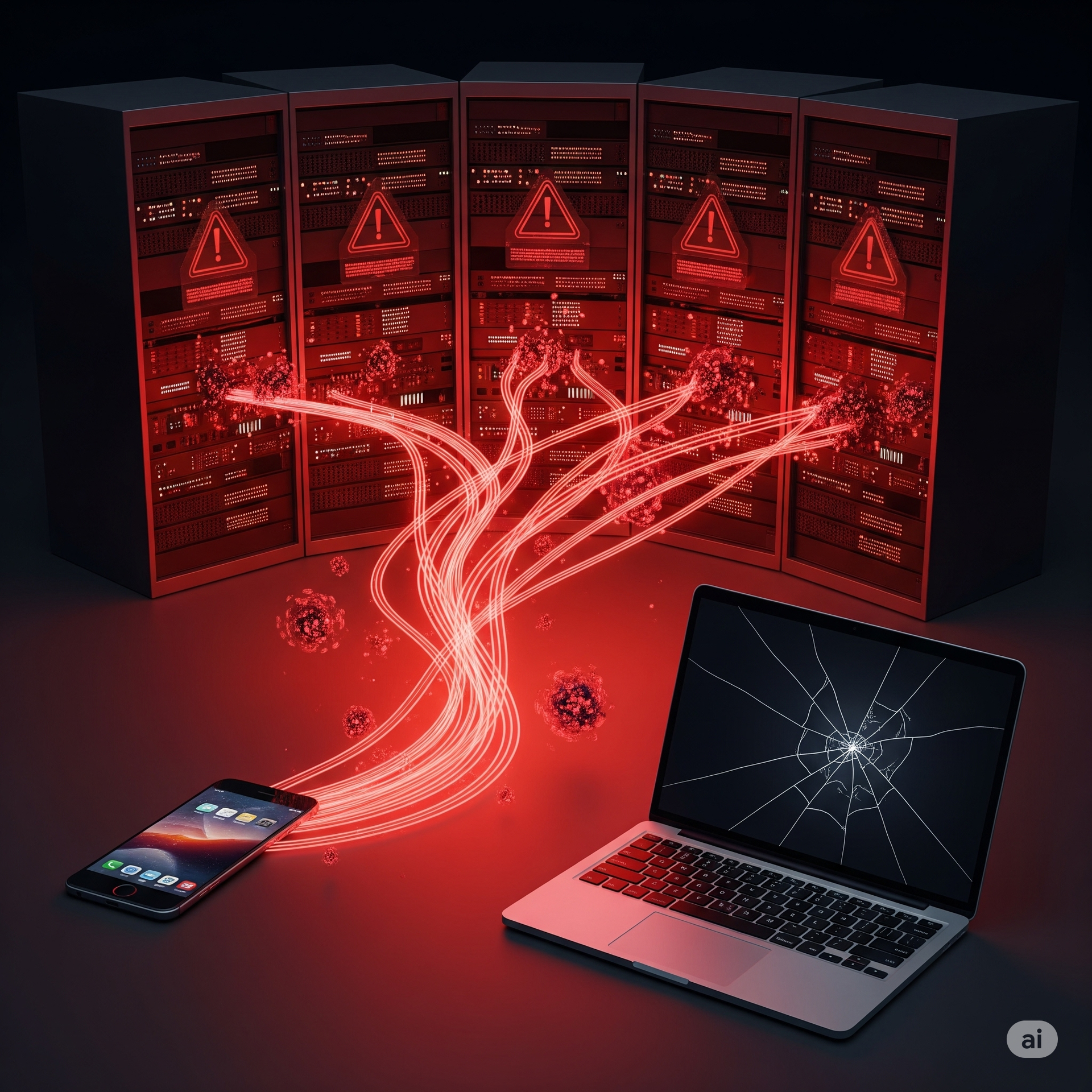How Can I Protect My Business from the Impact of Unplanned Downtime?
Implementing Proactive Strategies for Maximum System Reliability

Unplanned downtime is the unseen iceberg in the journey of your business. Whether due to hardware failures, software glitches, or cybersecurity incidents, it's an uninvited guest that brings productivity to a standstill and drains revenue. So, how can you bulletproof your business against the impact of unplanned downtime?
The Solution: Invest in Proactive IT Maintenance and a Robust BCDR Plan
The key to protecting your business from unplanned downtime is to invest in proactive IT maintenance and a robust Business Continuity and Disaster Recovery (BCDR) plan. By taking steps to prevent issues before they occur and having a solid plan in place to recover quickly when downtime does strike, you can minimize the impact on your operations and your bottom line.
Actionable Tip: Regularly Test Your Backup and Failover Systems
To ensure that your BCDR plan is effective, regularly test all backup solutions and failover systems. This will help you identify any weaknesses or gaps in your plan and ensure that you can quickly restore operations when downtime hits. Schedule these tests at least quarterly, or more frequently if your business undergoes significant changes.
The Game-Changing Benefits of Being Prepared for Downtime
- Minimized Losses: A robust BCDR plan ensures rapid recovery, minimizing revenue losses and operational disruption. By getting your business back up and running quickly, you reduce the financial impact of downtime and keep your customers satisfied.
- Enhanced Reputation: Showing that you can swiftly recover from setbacks not only retains customer trust but also gives you a competitive edge. When your business demonstrates resilience in the face of adversity, it builds confidence among your stakeholders and sets you apart from less prepared competitors.
- Operational Resilience: Being prepared for any IT setback equips you to meet challenges head-on, giving your business a resilience that attracts partnerships and opportunities. When others see that your business can weather any storm, they're more likely to want to work with you, leading to new growth and success.
Unplanned Downtime is Not a Matter of If, But When
Unplanned downtime isn't a matter of 'if' but 'when'. No business is immune to the risks of hardware failures, software glitches, or cyberattacks. The question is, will you be prepared when it happens to you?
Get Expert Help to Develop Your Custom BCDR Plan
To bulletproof your business against unplanned downtime, consider consulting with HCS Technical Services. Their experienced team can assess your current IT infrastructure, identify potential vulnerabilities, and develop a comprehensive BCDR plan tailored to your unique needs.
Protecting your business from the impact of unplanned downtime is not just a smart IT strategy—it's a critical business imperative. By investing in proactive maintenance, developing a robust BCDR plan, and partnering with experts to ensure your preparedness, you can minimize losses, enhance your reputation, and build the operational resilience your business needs to thrive in the face of any challenge. Don't wait until downtime strikes—start bulletproofing your business today.
HCS Technical Services











